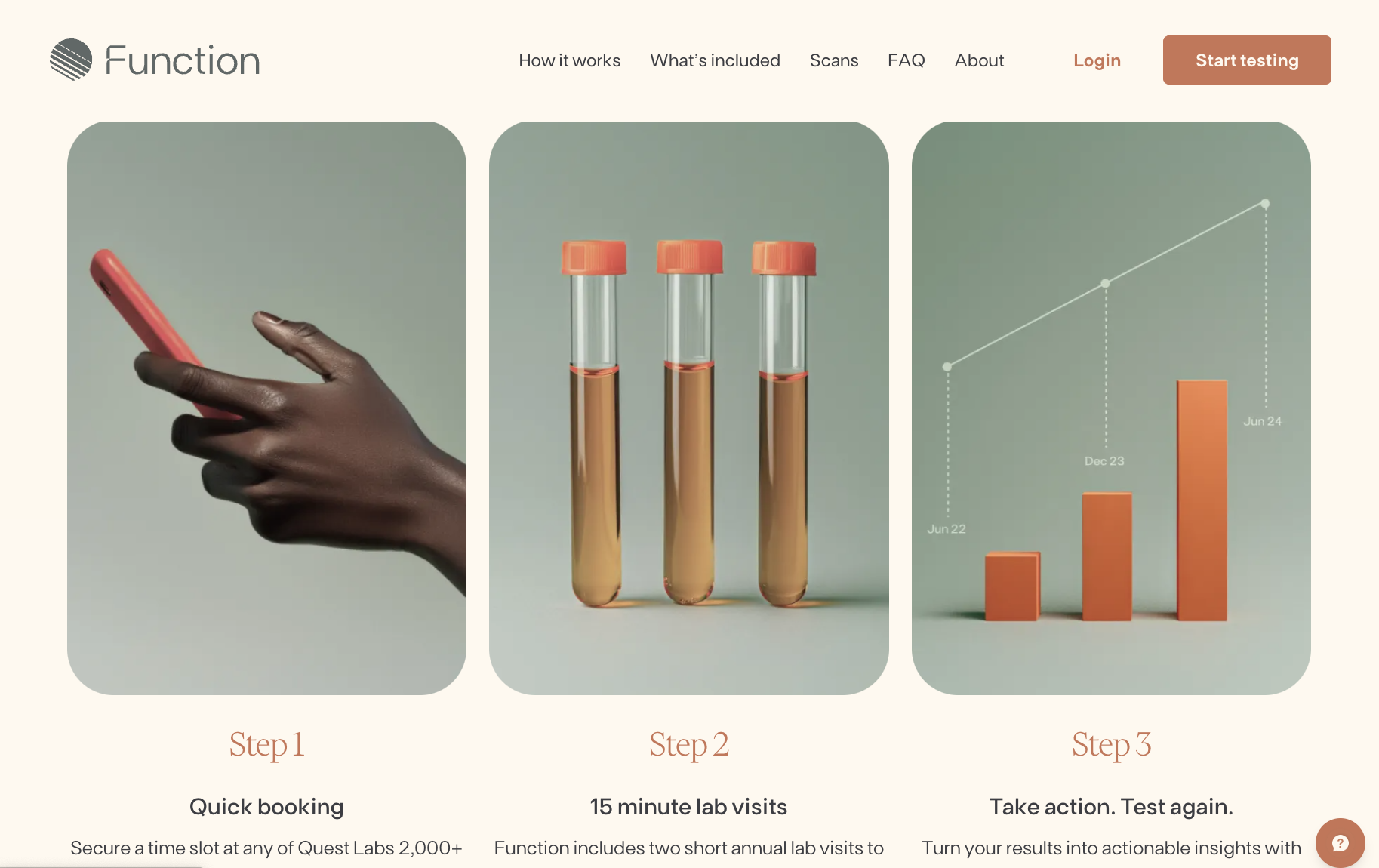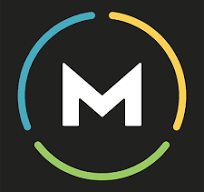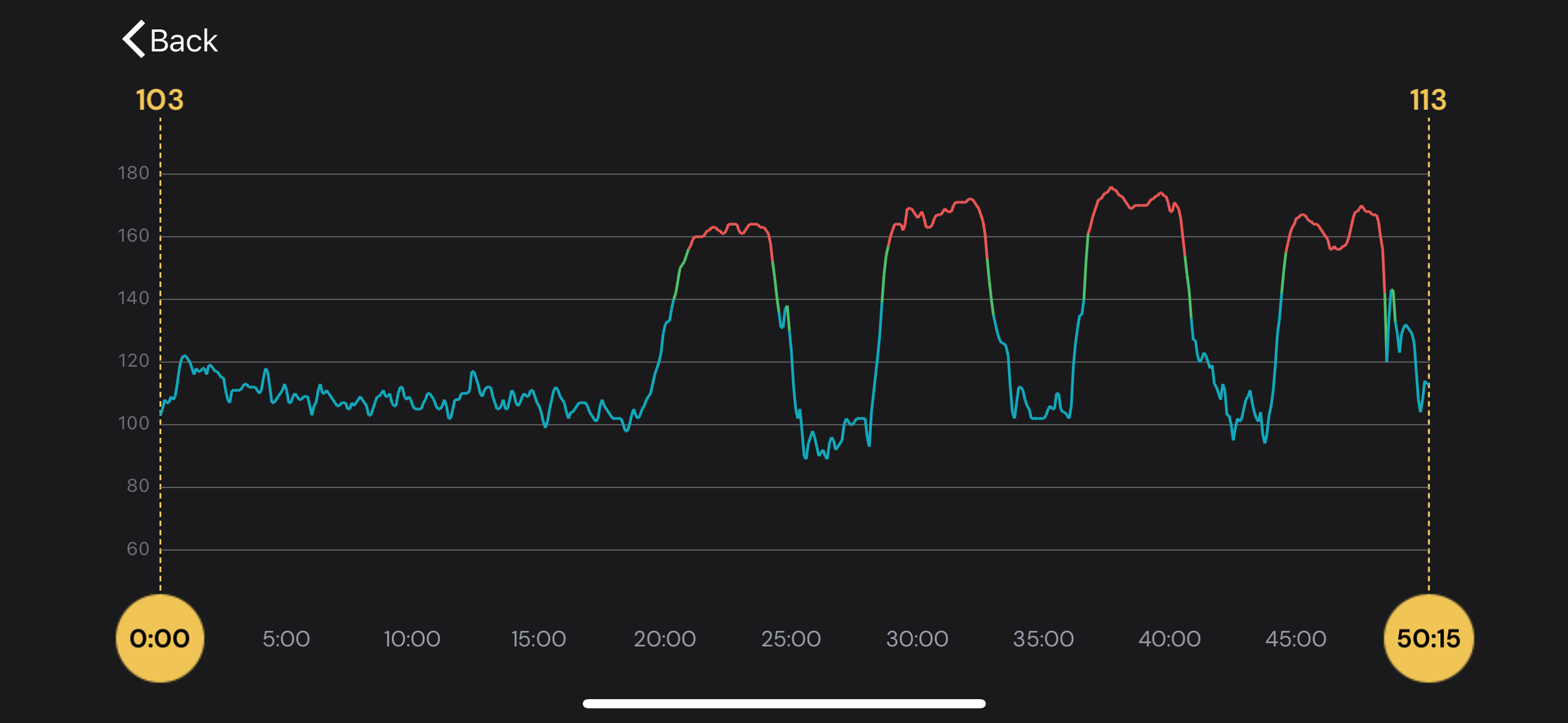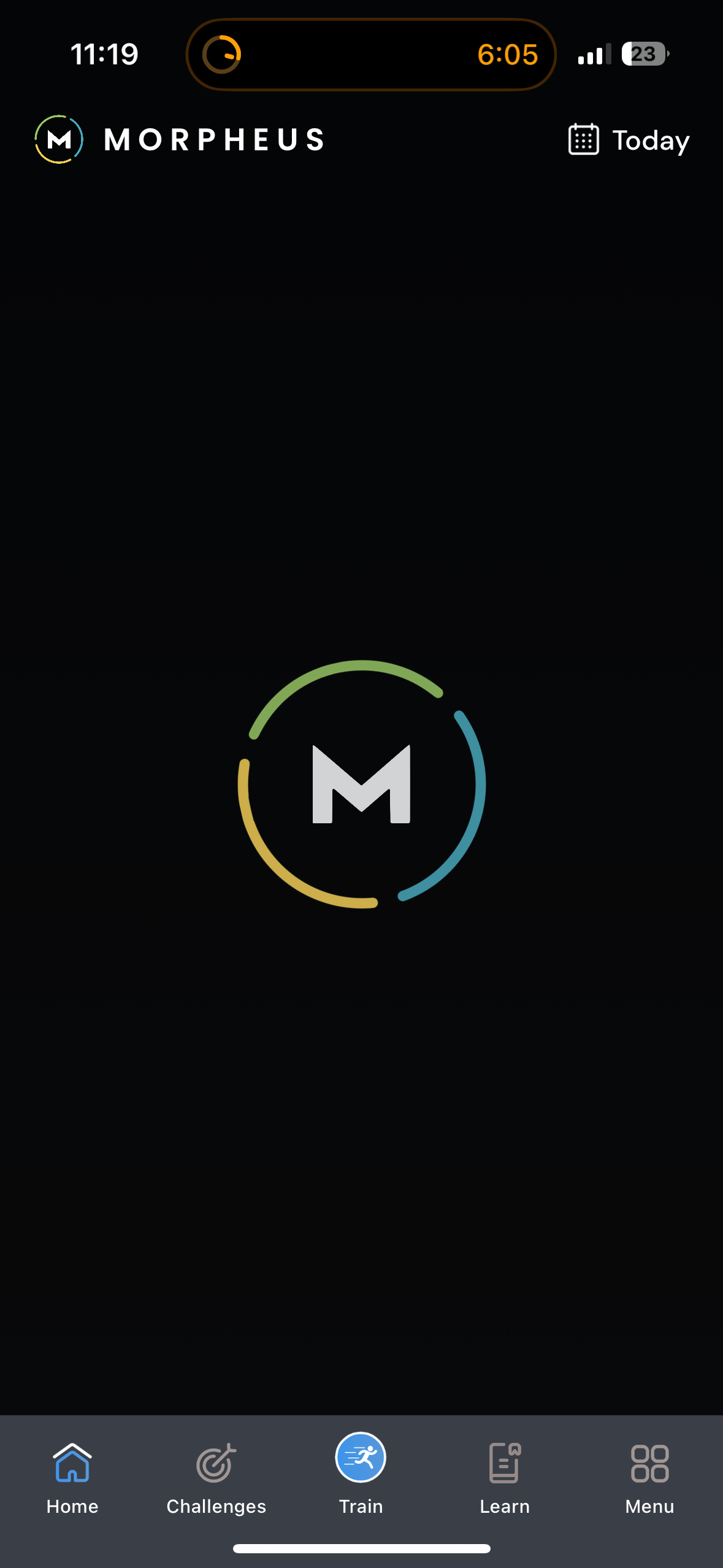Is Morpheus really the gold standard in performance health data? I’m a Product Guy, focused on longevity as much as I am tech products. I love gadgets, especially ones that promise to optimize healthspan. So, when I heard Dr. Peter Attia on his podcast The Drive, gushing about the Morpheus heart rate monitor and the claims to provide personalized recovery data to guide my workouts, I had to give it a try. Could this be the key to unlocking peak performance, or is it just another piece of tech destined to gather dust in my drawer?
Let’s dive in!
But first, what is HRV and why should you care? 💓
In the quest for a long and healthy life, a key indicator of our well-being lies not in the steady, metronomic beat of our heart, but in its subtle variations. This is the essence of Heart Rate Variability (HRV), a measure of the naturally occurring fluctuations in time between consecutive heartbeats. A higher HRV is a sign of a healthy, adaptable nervous system and is increasingly recognized as a powerful predictor of both current health and long-term vitality. Our heart rate is under the constant influence of the autonomic nervous system (ANS), which regulates essential bodily functions. The ANS has two main branches:
The Sympathetic Nervous System (the "fight-or-flight" response): This branch prepares the body for action, increasing heart rate and blood pressure in response to stress.
The Parasympathetic Nervous System (the "rest-and-digest" response): This branch promotes relaxation and recovery, slowing the heart rate and aiding in digestion and repair.
HRV reflects the delicate balance between these two systems. A high HRV indicates that your parasympathetic nervous system (“rest & digest”) is active and effectively modulates your heart rate, demonstrating your body's ability to adapt to stressors. Conversely, a consistently low HRV suggests that your sympathetic nervous system is dominant, a state that, if prolonged, can contribute to a range of health issues. TLDR, high HRV means your body is able to rest and repair, and this is a good thing.
Hopefully this gives enough context for why you should worry about HRV, but don’t worry too much, that could trigger a stress response and that will lower your HRV. 😜.
THE GOOD
Morpheus isn't just a heart rate monitor; it's a fitness performance system. It pairs a chest strap, the M7, with an app to give you a daily "recovery score." This score, based on your heart rate variability (HRV), sleep, and activity levels, tells you how ready your body is for strain. The app then adjusts your heart rate training zones for the day. A high recovery score means you're good to go hard, while a low score suggests a lighter day. For me, the very concept of listening to your body and having a metric to actually gauge my effort for the day, was a paradigm shift. I’ve always been “all gas, no breaks” for workouts regardless of pain and recovery levels and, duh, this has led to some overuse injuries. As a former collegiate rower, I had two speeds: fast and bodybag. Which is fine when competing in a sport where success depends on your ability to override the mind and body telling you to stop - but not the most sustainable philosophy. Morpheus has done a great job on conveying how to train smarter, which is not always harder.
Actionable Data: The daily recovery score and adjusted heart rate zones are incredibly useful. It takes the guesswork out of training, telling you when to push and when to back off.
Medical-Grade Accuracy: The M7 chest strap uses an ECG sensor, providing industry-leading precision. In a world of often-unreliable wrist-based trackers, this is a breath of fresh air.
Battery Life: With up to 200 hours on a single charge, the M7 is always ready to go when you are. No more scrambling to find a charger right before a workout.










